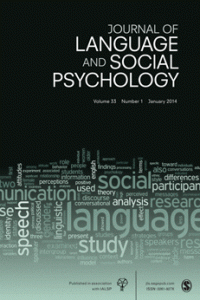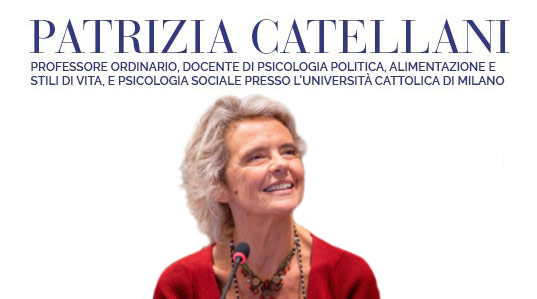 Catellani, P. & Covelli, P. (2013).
Catellani, P. & Covelli, P. (2013).
Journal of Language and Social Psychology,
32, 495-504.
While counterfactual thinking has been widely investigated, we know much less about how counterfactual (“If . . . then”) statements are employed in political communication. We analysed statements made by politicians during pre-electoral televised broadcasts, to assess whether politicians employ counterfactuals in facework. Counterfactuals were coded according to their direction, controllability, and structure. Log-linear analysis revealed that upward, controllable, and additive counterfactuals were more frequent than downward, uncontrollable, and subtractive counterfactuals, respectively. A significant three-way interaction between target, direction, and controllability also emerged. While politicians more often employed upward controllable counterfactuals when speaking about targets other than themselves, they more often used downward controllable and upward uncontrollable counterfactuals when referring to themselves. These findings advance our knowledge of how counterfactuals are employed by politicians to promote their positive face and aggravate the face of adversaries.
 Italiano (IT)
Italiano (IT)  English (UK)
English (UK) 
